Year in Review: Our Top Stories of 2024
From hidden remnants of old Penn Station to our favorite NYC book recs, discover which stories you read most last year!


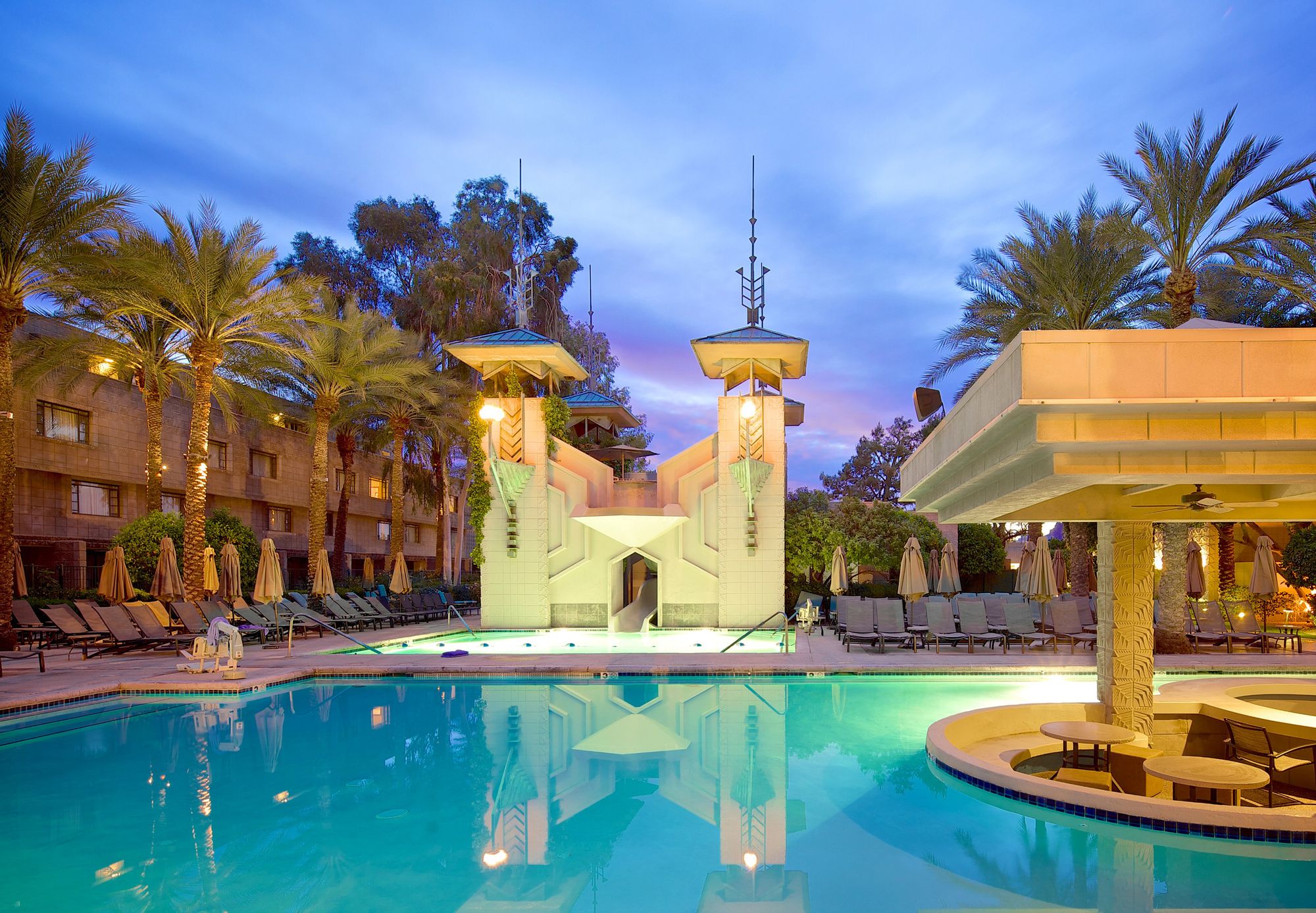
One of America’s most beautiful displays of Art Deco hotel architecture soars from the Phoenician desert, attracting architecture enthusiasts, celebrities and sun worshippers for the past 85 years. The Frank Lloyd Wright inspired Biltmore Hotel has recently undergone an architectural revitalization, bringing its grand architecture and Hollywood legacy back to life. Uniquely, the Arizona Biltmore features Art Deco architecture built using indigenous materials and integrated into the Arizona desert.
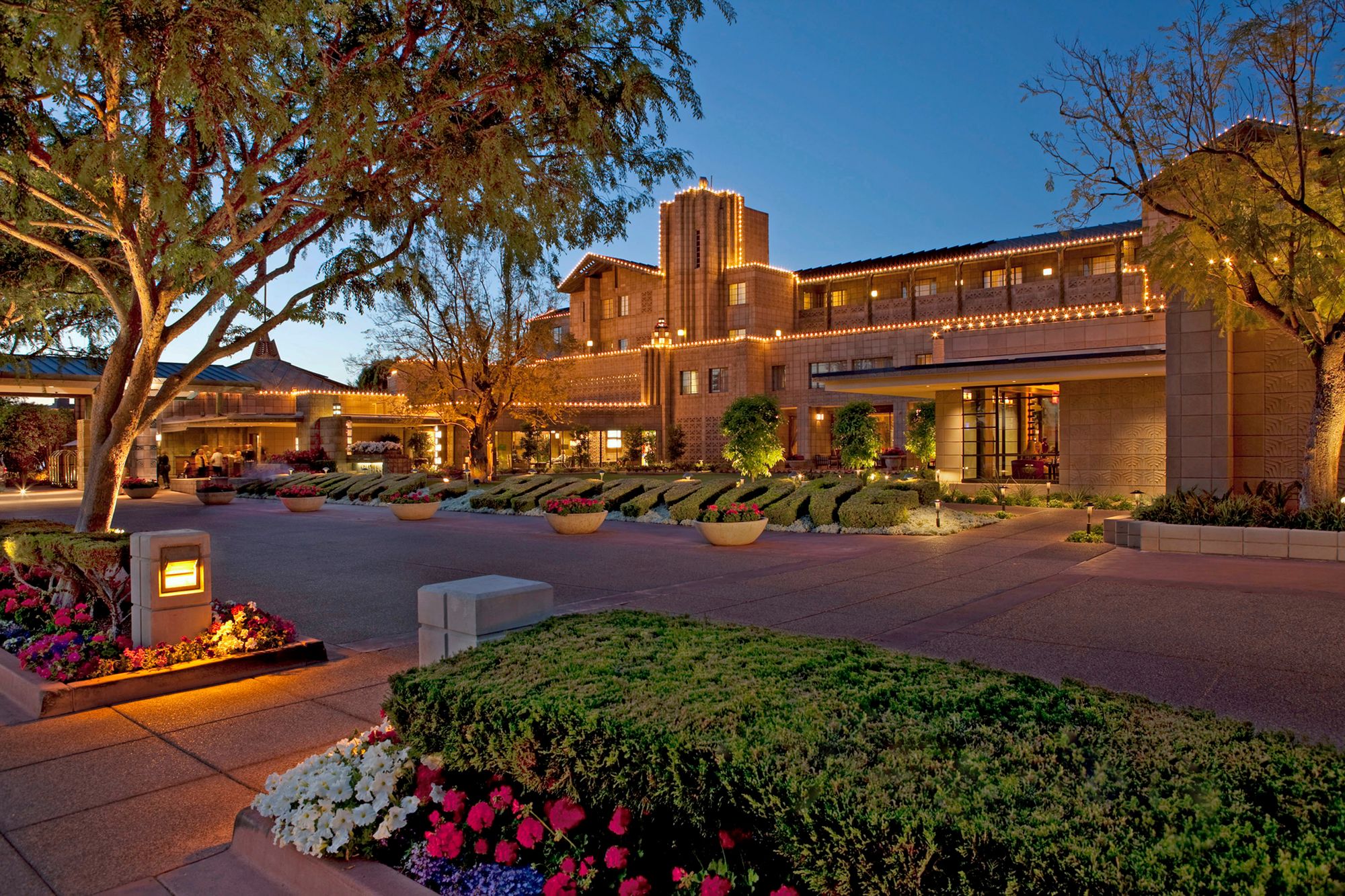
First opened in 1929, the Arizona Biltmore was the first hotel that Frank Lloyd Wright consulted on, and it remains the only existing hotel in the world erected entirely of a variation on a textile block. The entire Waldorf Astoria resort is made up of “Biltmore Blocks,” which are patterned blocks made from desert sand. 250,000 blocks cut into 34 different geometric patterns were used to build the hotel now known as the “Jewel of the Desert.”
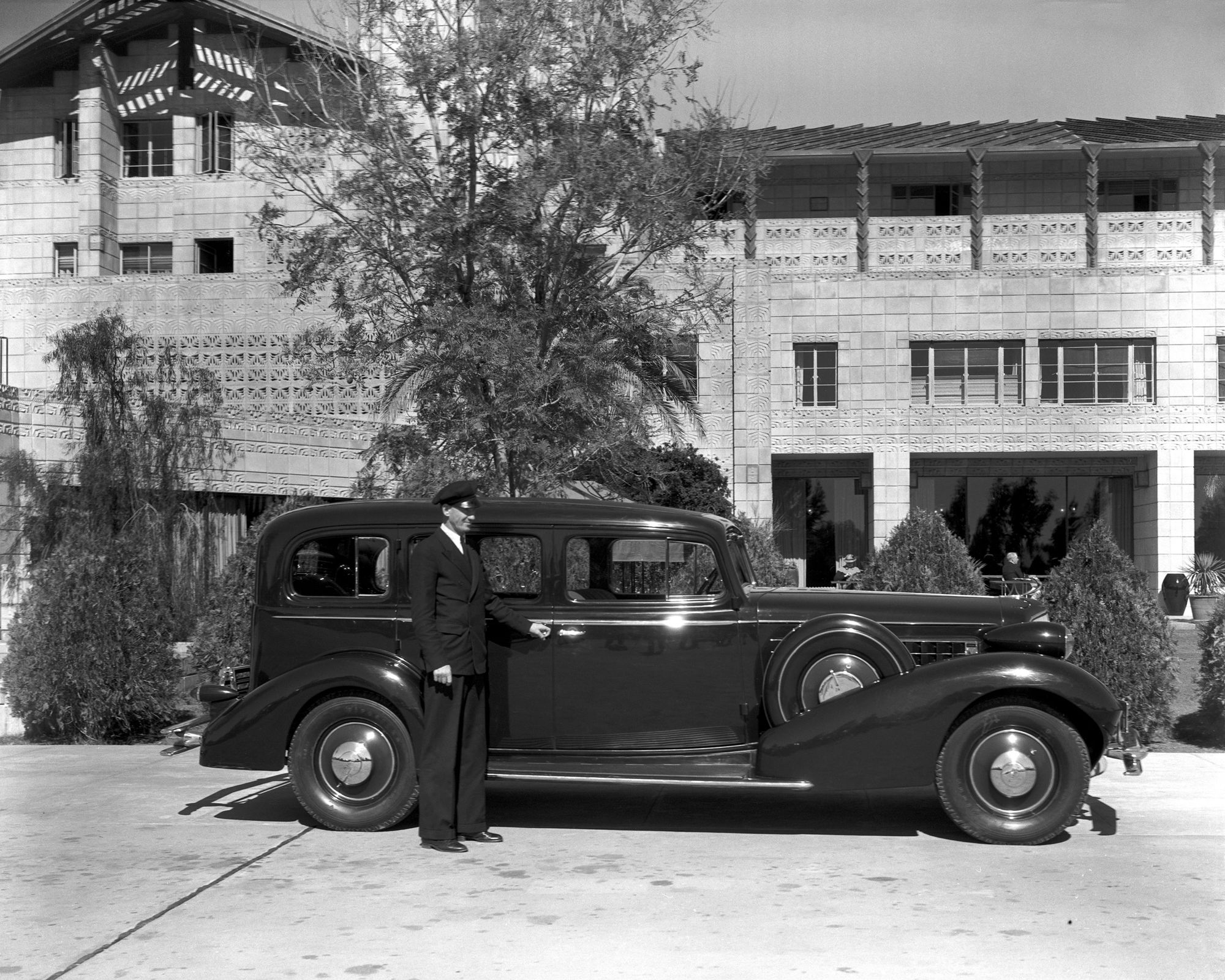
Nestled on 39 acres at the foot of the Phoenix Mountain Preserve, the hotel was a playground for the rich and famous during a Gatsby-like era of extravagance. The Biltmore was a place where celebrities, socialites and captains of industry would bring their entourage to escape chilly northern winters. Marilyn Monroe, Clark Gable and Humphrey Bogart were regular guests at the Biltmore resort and Irving Berlin penned “I’m Dreaming of a White Christmas” by the hotel’s Catalina Pool. Clark Gable and Carole Lombard honeymooned here. Every U.S. president since Herbert Hoover (except President Obama who stayed when he was a Senator) has stayed at the Biltmore, and the likes of Frank Sinatra, Ray Charles, Elton John and Bono have given impromptu performances on the lobby bar’s historic Yamaha Piano.
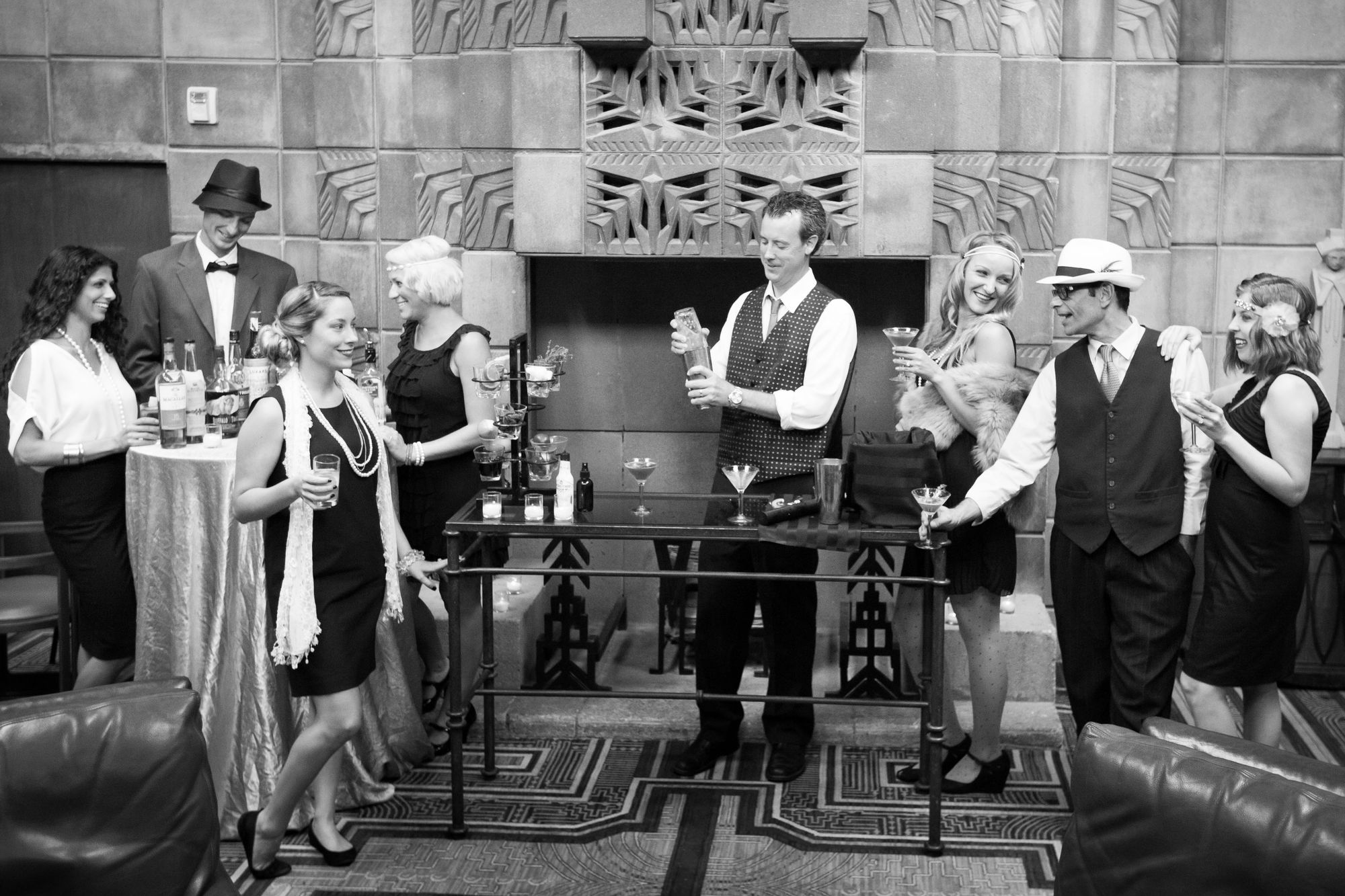
The 1920s have recently come roaring back at the Arizona Biltmore with the re-creation of the legendary resort’s original “Mystery Room,” the secret speakeasy that was hidden in the resort’s main building. When the hotel opened in 1929 during Prohibition, the Mystery Room had a well-stocked liquor cabinet that conveniently converted into a bookcase in the event of a police visit –with a high-powered spotlight mounted on the roof to watch for patrol cars. The speakeasy is now open to visitors but in true speakeasy style, entry requires a secret password. Here’s an insider tip: search #speakeasy on Twitter to find the latest password.
Miami and More
Pheonix isn’t the only city with an historic Biltmore hotel. The Biltmore Miami-Coral Gables is an iconic National Historic Landmark built in 1926, situated on 150 tropical acres. The hotel’s magnificent architecture and design has made it a favorite among heads-of-state, celebrities and sports stars. Miami is art deco paradise, and the Biltmore Miami-Coral Gables is a celebrated landmark.
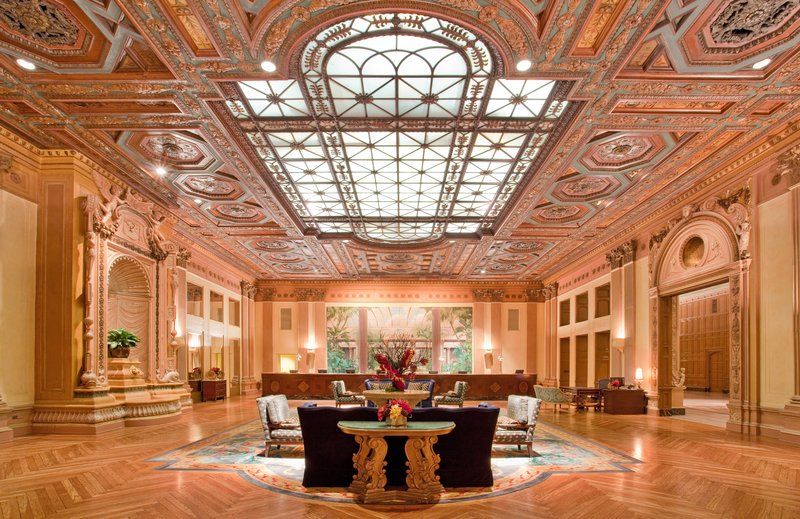
The equally illustrious Millennium Biltmore Hotel in Los Angeles, opened 1923, features frescoed mural ceilings hand painted by artist Giovanni Smeraldi, known for his work in the Vatican and the White House. The entire property takes up a half a city block and is a synthesis of the Spanish-Italian Renaissance Revival, Mediterranean Revival, and Beaux Arts styles, designed as an homage to the Castilian heritage of Los Angeles. It too has a Prohibition past, with a secret nightclub with hidden windows for paparazzi.
Images courtesy Biltmore Hotel
Subscribe to our newsletter